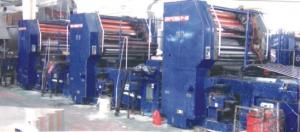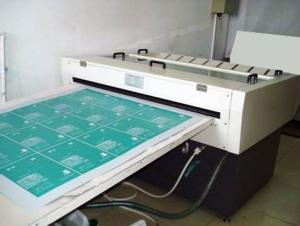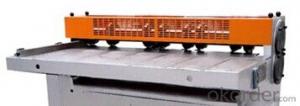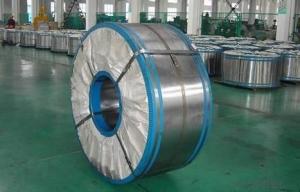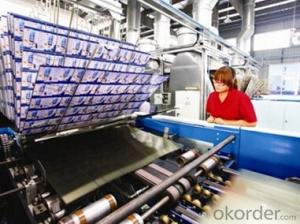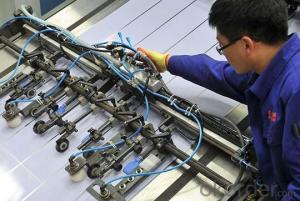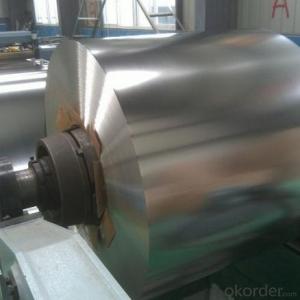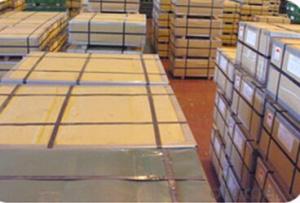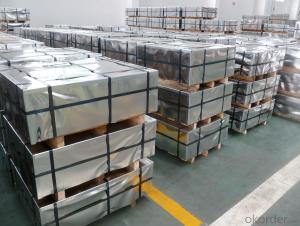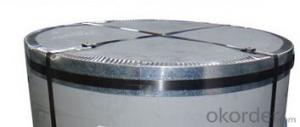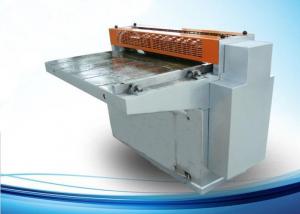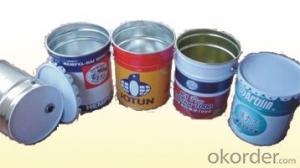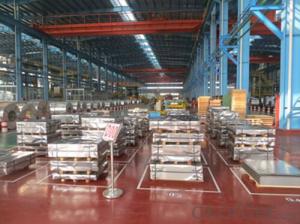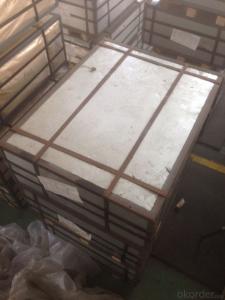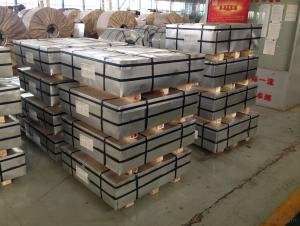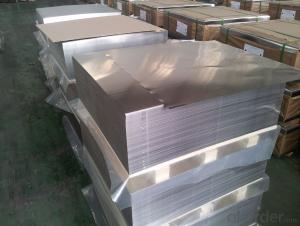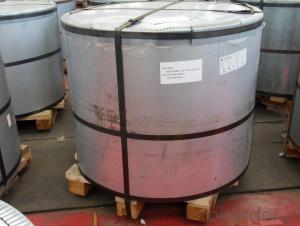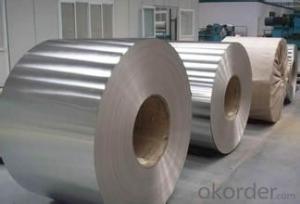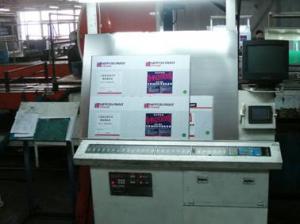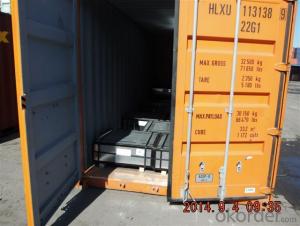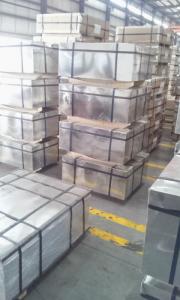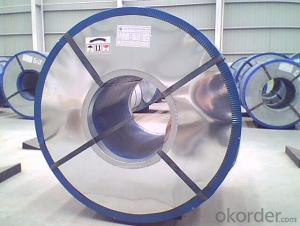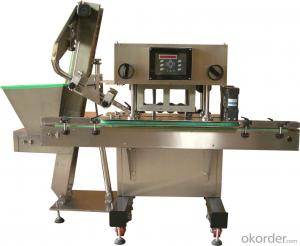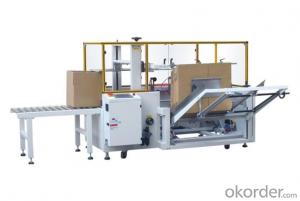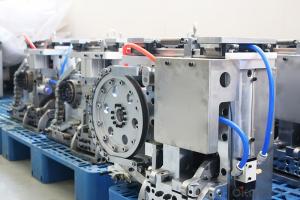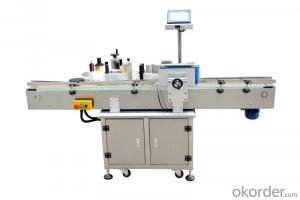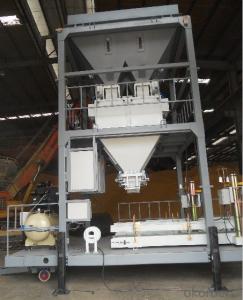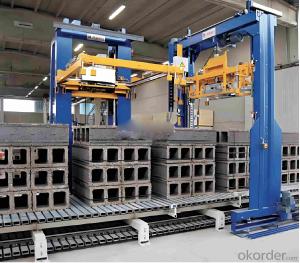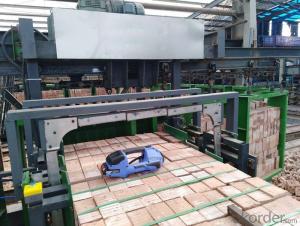Printed Tinplate Sheets
Printed Tinplate Sheets Related Searches
Printing Tinplate Sheet Tinplate Sheets Printed Tinplate Buy Tinplate Sheets Tinplate Sheets For Sale Printing Tinplate Tinplate Printing Tinplate Sheet Prices Tinplate Sheet Suppliers Tinplate Sheet Price Tinplate Products Tinplate Printing Machine Tinplate Packaging Tinplate Production Tinplate Tins Tinplate Screener Tinplate Coating Envases Tinplate Thin Hard Plastic Sheets Buy Tinplate Tinplate Material Tinplate Cover Tinplate Factory Tinplate China Tinplate Recycling Tinplate Layout Lacquered Tinplate Tinplate Pails Tinplate Shortage Tinplate CansPrinted Tinplate Sheets Supplier & Manufacturer from China
Printed Tinplate Sheets are a versatile and widely used material, known for their durability and attractive appearance. These sheets are made from tinplate, which is a thin sheet of steel coated with a layer of tin. This coating provides excellent corrosion resistance and makes the material suitable for various applications, such as food packaging, beverage cans, and decorative items. The printing process on these sheets allows for the customization of designs and logos, making them an ideal choice for branding and marketing purposes.Printed Tinplate Sheets are commonly used in the packaging industry for their ability to protect the contents from external factors such as moisture, oxygen, and light. They are also appreciated for their recyclability and eco-friendliness. In addition to packaging, these sheets are used in the manufacturing of various household items, such as cookie tins, tea caddies, and decorative boxes. The printing on these sheets can range from simple designs to intricate patterns, making them a popular choice for gift items and promotional materials.
Okorder.com is a leading wholesale supplier of Printed Tinplate Sheets, offering a vast inventory of high-quality products to cater to the diverse needs of customers. With a commitment to providing excellent service and competitive prices, Okorder.com ensures that businesses have access to the materials they need to create eye-catching and functional products. Whether it's for packaging, decoration, or promotional purposes, Printed Tinplate Sheets from Okorder.com are a reliable choice for businesses looking to enhance their product offerings.
Hot Products
